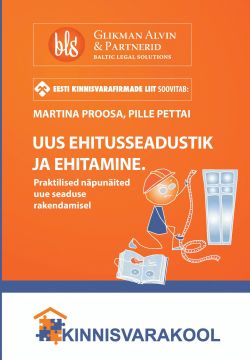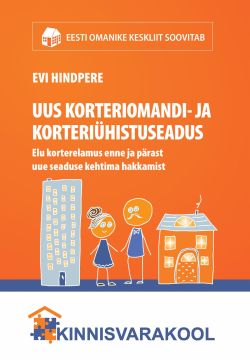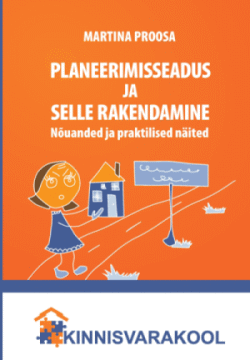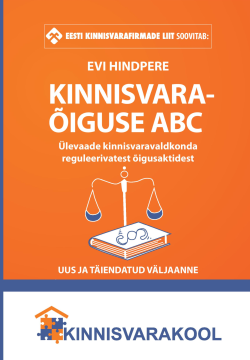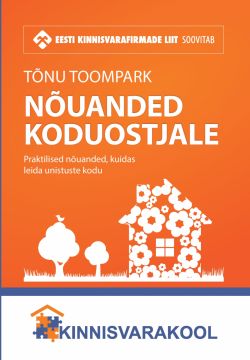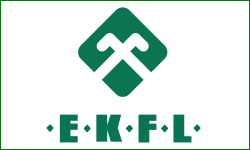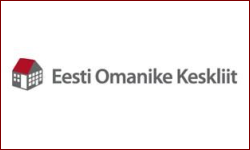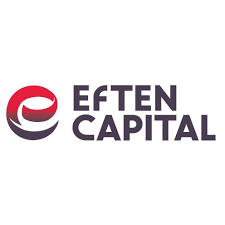 BUSINESS CLIMATE
BUSINESS CLIMATE
Business cycle. In 2024 recession worries came and disappeared in global economy. Towards the end of a year global growth was lower than at the start of a year in almost all major regions, but far away from falling into a recession. 2025 looks set to be a decent year in the United States with growth slightly below trend. In Europe economic growth appears to be stabilizing, but at a very low level, especially in some bigger economies, where Germany will likely register a recession for the second year in a row. Increased uncertainty is related to Germany’s elections and potentially increasing trade barriers with the USA.
Main thing to watch is how far will Europe and the USA decouple in terms of GDP growth and will the struggling European economies find a bottom. Good news for Baltics is that Scandinavian markets are starting to recover from mild recessionary pressure, which will improve demand for Baltic exports and lift the GDP.
Interest rates and inflation. Indicators suggest that price pressures in the euro area remain subdued as wages have peaked and economies at the core are weak. That will allow the European Central Bank (ECB) to continue with interest rate cuts. In 2024 the 3 months EURIBOR fell by over 100bp to 2,8%. For the end of 2025 markets price in a 3 months EURIBOR at 1,8%.
Main thing to watch in 2025 is the potential of EURIBOR to fall even below the so-called neutral level, say south of 1,5%. This will ease debt servicing costs and decrease the bond yields. Bank deposits have been a good saving alternative for the past couple of years. Now as the interest rates are declining more investors will look alternatives to bank deposits.
Property market sentiment. Repricing of property sector risks at listed markets started already in late 2023 and continued through 2024. European listed property sector stocks are up by 30% from 2023 bottom and bond spreads for real estate companies are down by over 200bp. The latter are trading already at levels last seen in autumn 2021. Thus, listed bond markets do not price in systematic refinancing problems in the European property sector any more.
Transaction volumes in European and Scandinavian property market started to gradually improve in 2024, albeit from very low levels. Going into 2025 interest rate cuts start to feed through to the property market and this will cause further improvement in transaction activity. The main question is not if, but rather at which speed the transaction market will become more active.
Property market in the Nordics. Scandinavian real estate sector was close to a financing crunch in early 2023 when several companies faced problems in rolling over their maturing bonds and were making headlines in international business news. In 2024 bond financing started to open again for Scandinavian property companies and some companies with stronger balance sheets issued even new equity for future expansions. Together with falling interest rates this lays a good basis for increasing transaction volumes in 2025. The Swedish Riksbank is one of very few central banks in developed world that has reduced interest rates faster than the ECB.
BALTIC PROPERTY MARKET
Access to bank financing. Baltic real estate sector is strongly influenced by the developments in Scandinavian property market. Scandi owned banks set their financing terms according to the developments in the home market. As the sentiment in Nordic real estate sector is improving, debt capital through Scandinavian banks remains abundant also in the Baltics. Lately lending margins to commercial real estate have even decreased.
Debt financing conditions will remain favorable also in 2025 as deposits in Baltic banking sector are exceeding the loan book and low demand for business loans increases competition between banks. Banks in general will be under pressure as depositors are demanding decent yields for holding their cash while the pressure on margins, as well as lowering the EURIBOR, will have a pressure on banks profitability going forward.
Availability of equity capital. Very little new institutional equity capital entered Baltic commercial property market in 2024. Foreign investors were on a sell-side, while major local institutional investors did not want to increase the property exposure. Biggest local institutional investors are pension funds. In Estonia their ability to participate in property market was significantly hurt through changes in pension legislation in 2021. Now similar discussions are also being held in Lithuania. This means that finding new equity capital for bigger (above 50mio EUR) transactions will be very difficult in the Baltics also in 2025. On a buy side are mainly local private investors with deals up to 20mio EUR. Due to the lack of new capital the pressure on yields is very low at the same time when financing costs are going south – real estate investments return on equity will get a decent boost.
Transactions and property yields. Transaction activity remained low in the Baltic commercial property market in 2024. Big differences were seen in transaction price vs the book value, especially with larger properties where buyers are scarce. This will be the case also in 2025 as no new equity capital is seen entering the Baltic commercial property market.
Decreasing interest expenses will have a positive effect on residential market transaction volume and most likely also on price level. However, it will not ‘lift all the boats’ in commercial real estate. Property yields will slightly decrease in smaller transactions but not in larger ones.
Tenant behavior. Surprisingly the occupancy rates in Baltic commercial property market did not deteriorate during the recessionary years starting from 2022. The only weak spot has been the office segment, where lower quality properties are losing tenants across all the Baltics.
In 2025 little changes could be expected – offices continue struggling while logistics and retail (helped by improving households’ purchasing power) are doing well. Rents in vacant office spaces will be decreased to attract tenants or in some cases even just to extend the rental agreements.
Housing affordability. After deteriorating in 2022 and 2023 the housing affordability has started to improve again across the Baltics. Falling EURIBOR rates have decreased household debt servicing costs while wages have increased faster as compared to the residential real estate prices. The affordability will continue to improve also in 2025.
Going into 2025 it is not a question of a positive effect what the residential market gets from lower interest costs, it is more a question how big this effect will be. For example, in Tallinn on average 100 new developments per month were purchased during 2024. This is ca 30% more than in 2023, but less than half the size of boom years when EURIBOR as zero or even negative. For 2025 an increase of transaction volumes with new developments in the range of ca 20%-30% would be a good result. This will likely also lead to small increase in residential prices.
Construction activity and costs. Construction activity remained subdued for the second year in a row. State budget constraints are holding back larger infrastructure projects, while increased residential inventories did not encourage the residential development. As a result, construction costs have remained stable and have even fallen in relative terms vis-à-vis the overall price level.
In 2025 construction activity will gradually start to pick up as residential demand improves and some larger infrastructure projects (e.g Rail Baltica, military related) will be speeded up. This will also start to lift construction costs, but only moderately.
SUMMARY
Real estate market in the Baltic countries will improve in 2025, but this will be unequal across different segments. Strongest positive effect will be seen in a residential market, where falling interest rates and improving housing affordability will lift transaction volumes. It is likely that residential prices, which have been stagnant for almost two years, will start to rise gradually, however not exceeding local CPI. This will also lead to increase in residential construction activity. Fixing residential construction costs during the start of 2025 could be a good strategy.
In commercial real estate larger transactions should not be expected as there is just not enough equity capital for this. Local fund managers have deployed all their ‘dry powder’, foreign investors are still more likely to exit than enter the Baltics while pension legislation in Estonia and Lithuania is holding back domestic institutional investors. Thus, transaction activity will concentrate mainly on smaller transactions (up to ca 20mio ERUR) where also yields could slightly come down. In case there will be any larger transaction (north of 100mio EUR) recorded, this will probably be executed below the existing book value.





